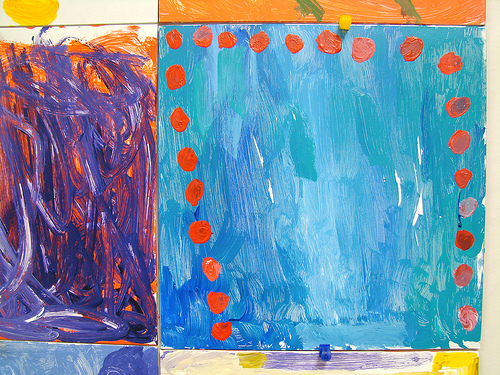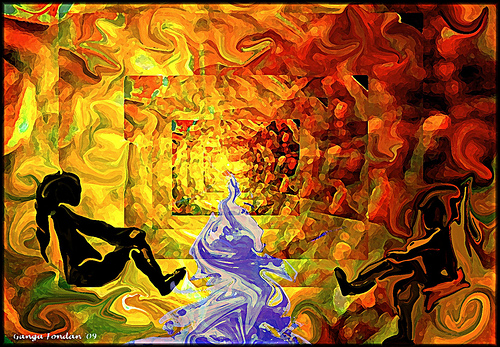In chess, the Queen stands to the right of the King. Her major job is that of protecting the King. The dilemma of preventing the King’s capture rests upon the Queen’s head.
As such the Queen’s movements are central to winning the game of chess.
Establishing the major dilemma or problem in a story is essential to crafting fiction. The central problem inherently creates desire. And desire begets a series of actions that through cause-and-effect propel the narrative line–the plot.
Plot-driven stories answer the “What if?” question thereby directly conveying plot. Character-driven stories answer the questions, “Who? and Why now?”
From the personality of the of the central character rises an internal dilemma that determines behavior and reveals through a set of circumstances, often usual and common place, but no less bothersome and terrifying, a shift in way of behaving and perceiving the world.
This change or transformation emerges through a series of reactions and actions, again cause-and-effect set into motion by the protagonist’s personality, not so much the series of action themselves.
In this way the character-driven plot resembles that of the Queen’s aim and motive throughout chess. Perhaps this is why chess has been said to be the game of monarchs and aristocrats.


